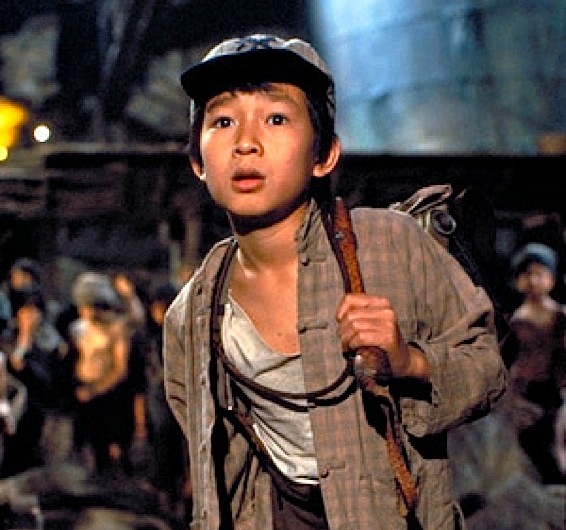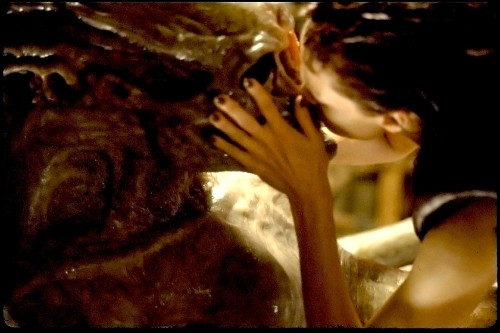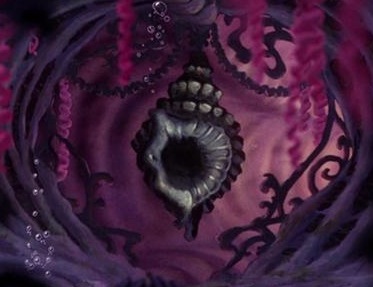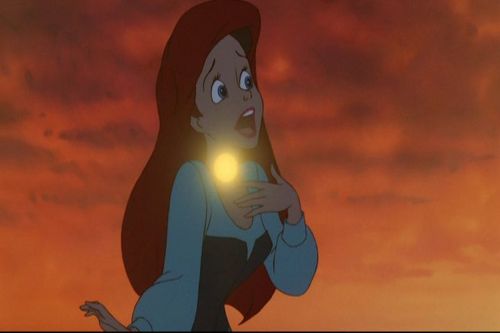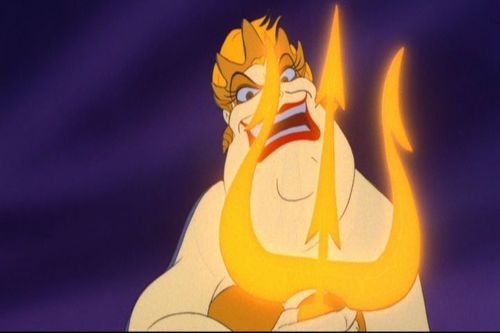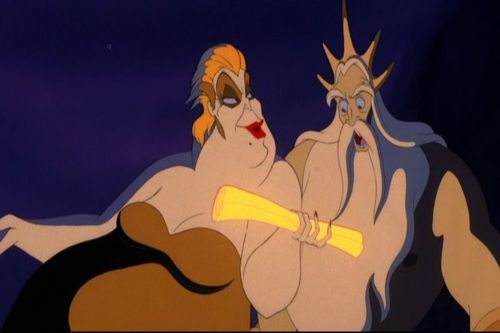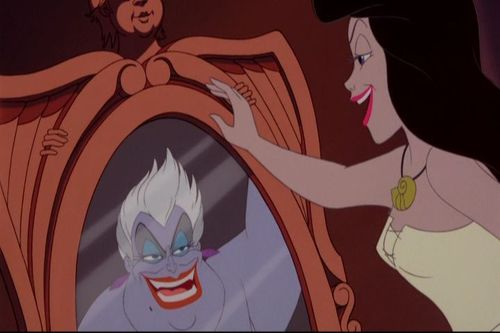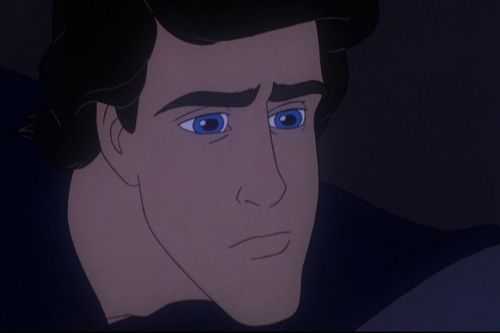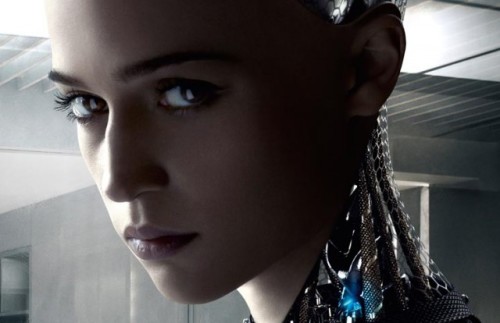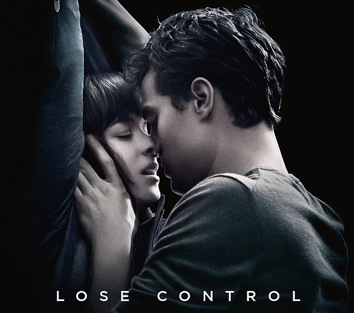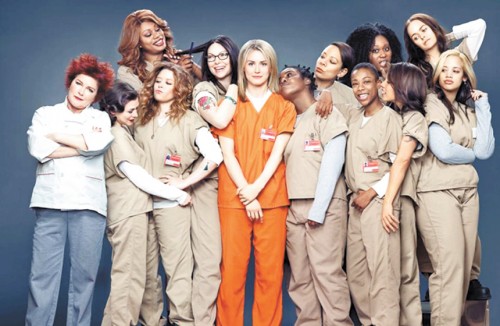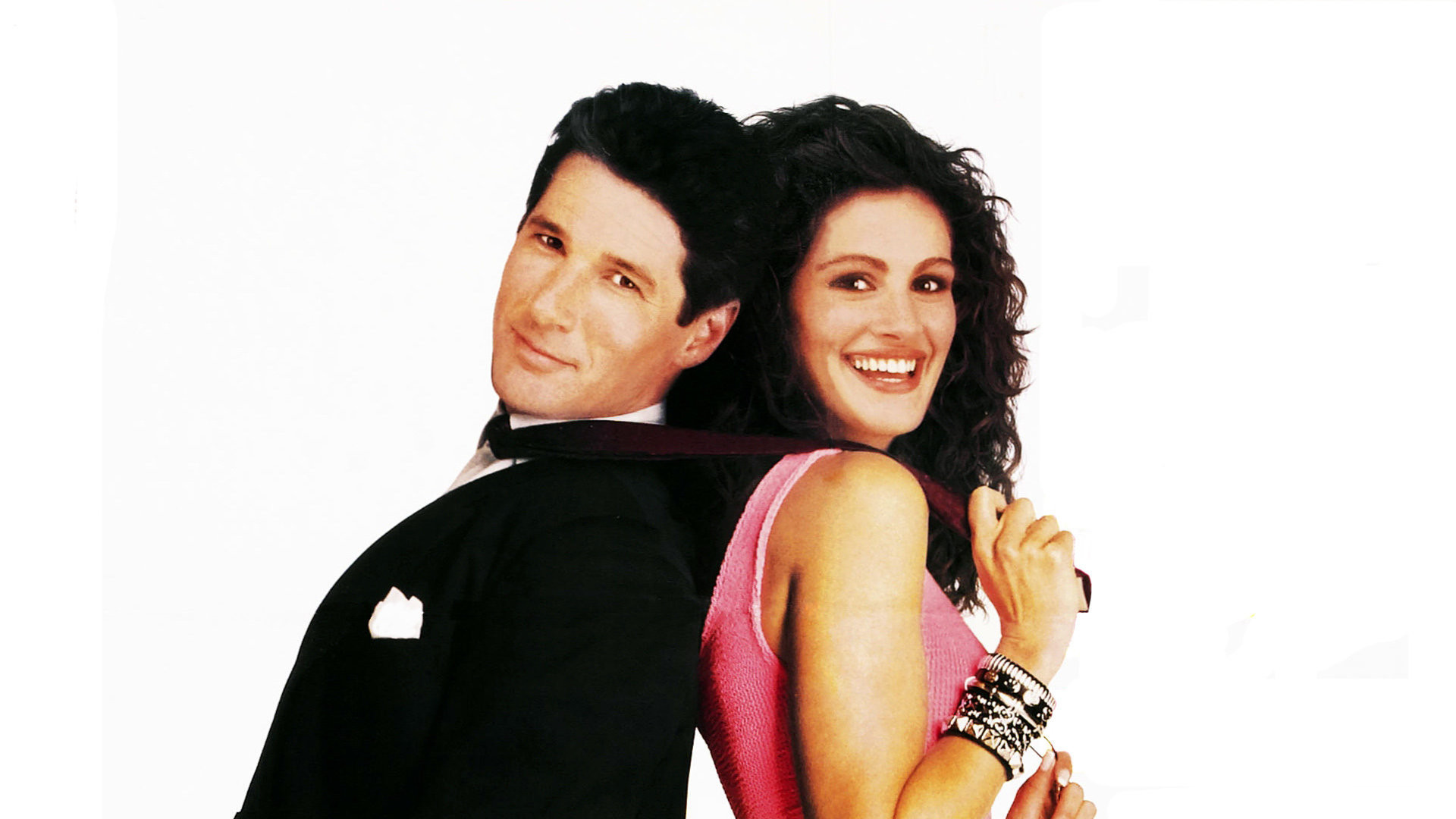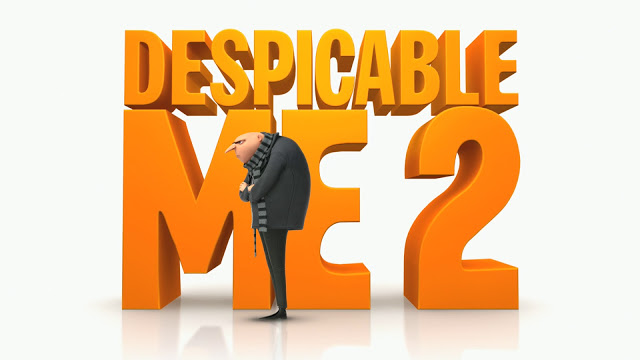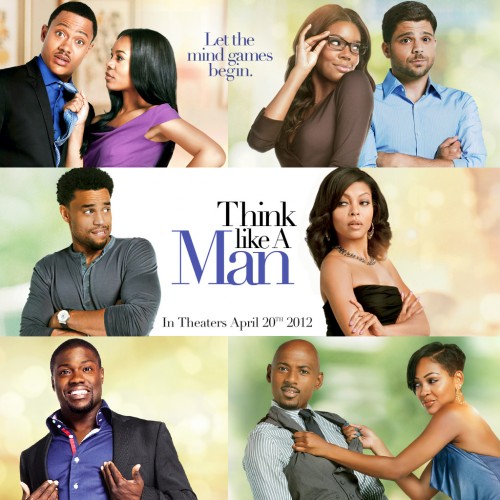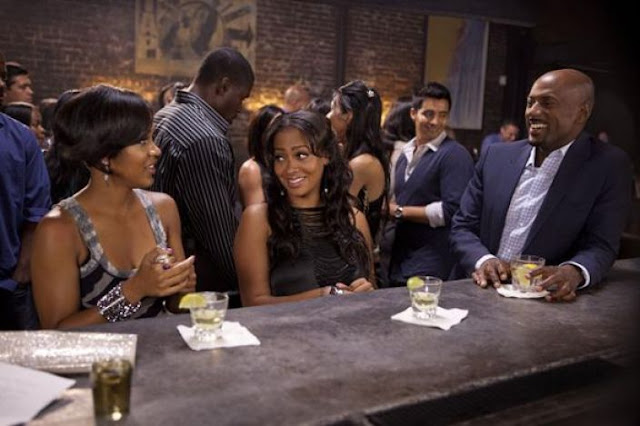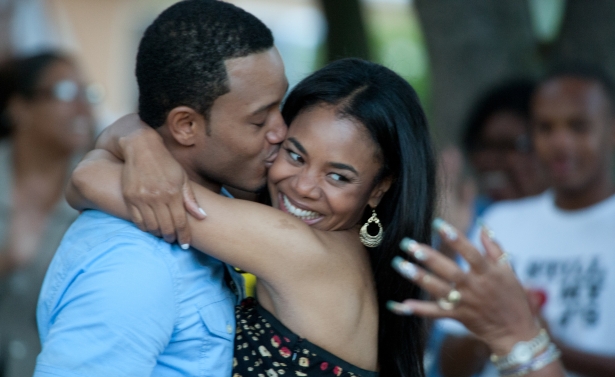
Written by Brigit McCone.
Indiana Jones and the Temple of Doom is the coolest kids’ movie ever made about severe child abuse. Just as Roald Dahl’s Matilda does for daughters and mothers, so The Temple of Doom affirms that the good father must empower his son, and defends the child’s right to reject and resist abusive behavior. Critics who strive to dismiss the film as the original trilogy’s “weakest” often snark about the allegedly annoying chirpiness of Ke Huy Quan’s heartfelt performance. I suspect they are actually uncomfortable that Spielberg’s film narratively centers Short Round as its protagonist, while casually assuming that an adult audience identify with him. From his hero-worship of Indy to his glee at the film’s thrill rides, Short Round’s emotional responses cue our own, including an assumed desire to break up kissing couples and see squealing girls get giant millipedes down the back of their necks.
The film embodies the sensibility of a twelve-year-old boy, wholeheartedly and without ironic distance. The mighty Indiana Jones himself is regularly “fridged,” disempowered by the mind-controlling Black Blood of Kali Ma (Mother Kali) and voodoo dolls, to further Short Round’s heroic journey. As much as Spielberg’s E.T. the Extra-Terrestrial, his Temple of Doom showcases the director’s extraordinary empathy for a young boy’s worldview, though it conjures a nightmare of parental abuse rather than E.T.‘s fantasy playmate, leading to accusations that the film is “too dark”. Validating a child’s experiences by confronting the terror of abusive parents is apparently less acceptable than Nazi torturers to mainstream (adult) viewers. Just as audiences can only fully appreciate Spielberg’s film by identifying wholeheartedly with Short Round, so Indy must learn to identify with the child’s perspective to grow into the role of good father, from careless and selfish beginnings. His newfound identification is showcased when begged to flee the hellish Thuggee lair. Harrison Ford turns, jaw set in iconic resolution, and growls “right! All of us” before battling for the cathartic liberation of every last one of the film’s abused children. Coolest. Dad. Ever.

Because Short Round is positioned as the protagonist of the film in terms of agency, I don’t read it as a conventional White Savior narrative. Indy’s swaggering Fedora the Explorer is repeatedly punished for assuming he knows better than the film’s Asian boys. As Short Round puts it, with a frustration familiar to any child, “I keep telling you, you listen to me more, you live longer!” Interestingly, the Prime Minister of Pangkot explicitly accuses British colonials of viewing Indians as children, while the Thuggee appropriate the village’s power source and indoctrinate their children like nightmare colonizer-fathers (yes, Indians are the film’s primary representatives of Patriarcho-colonialism. “Projection” has many cinematic meanings). The film’s paternalist Brits monitor and stifle, but fail to figure out what’s really going on until it’s too late. Only the holy fire of Short Round’s torch, that awakens Indy as Indy’s fiery wrath awakens the Sankara stones, can defeat the Thuggee menace.
Where British colonizers infantilize adults, Indiana Jones lets children drive (a powerful metaphor, if inadvisable from a vehicular manslaughter standpoint). The supernatural power of the stones confirms that Indiana Jones operates in a syncretic universe, in which the divine can manifest equally as Shiva or Jehovah, marking no culture as inherently superior. However, the failure of The Last Crusade to even mention Short Round’s fate, in its meditations on the meaning of fatherhood, reinforces the vilest stereotypes of interracial adoptees as disposable rent-a-kids. Indian culture is also caricatured and distorted by the film, even granted the disturbing true history of the Thuggee death cult. Where in Hinduism the god Shiva and goddess Kali are consorts, each representing forces of combined destruction and creation, Spielberg and Lucas create a simplistic opposition between a heroic Shiva and an evil Kali.
The historical Thuggee did kill in Kali’s name, indoctrinating young boys into their cult, but did not target women. The film’s plot, with Indy possessed by his skull-faced mother goddess and compelled to destroy his blonde love interest, therefore resembles a Bollywood reimagining of Hitchcock’s Psycho more than Hinduism. Spielberg’s Thuggee are a cult that brutally enslave children, both boys and girls. The boys are terrified that their puberty will force them to become mindless abusers themselves: “will become like them. Will be alive, but like a nightmare. You drink blood, you not wake up from nightmare”. We see no adult women among the Thuggee which, along with the attempted sacrifice of Willie, forces us to conclude that the enslaved girls have their hearts torn out and are fed to the flames when they hit puberty. The film’s vision of the Thuggee is thus a nightmare caricature of patriarchy: consuming women heart first, enslaving children and turning terrified boys into inevitable replicas of their abusive fathers, for fear of sharing the sacrificial woman’s fate (“projection” has oh so many cinematic meanings). How appropriate, then, that the surrogate family at the film’s heart – Indy, Willie and Short Round – caricature traditional gender roles. Indy is an overtly macho leader who lusts after “fortune and glory”; Willie is a squeamish, passive beauty who seeks to control violent men with sex appeal; Short Round is a colonized kid who models his whole identity on his father-figure. When Indy is forced to drink the Kool-Aid of Kali Ma, this substance abuse terrifyingly alters his personality, becoming a violent and unloving nightmare father. It is up to Short Round to break this cycle and fight back (dun-ta-dun-tah, dun-ta-daaah!)

Willie is a perfect deconstruction of the myth of female sexual power, and Kate Capshaw plays her with tongue firmly in cheek. She attempts to secure her position in Shanghai by her sexual power over an influential mob boss, but he hardly cares if she dies. She tries to bolster her shaky self-worth by accusing Indy of being unable to take his eyes off her, only to be humiliated as he pointedly pulls his fedora over those eyes and naps. Further outraged as Indy seems more interested in feeling up a statue than in making love to her, the objectified Willie is reduced to being farcically jealous of a literal object. After Indy becomes evil through drinking the Black Blood of Kali Ma (what is it with women and their wicked bleeding, amirite?), Willie attempts to cure him using traditionally female strategies of appeasing, pleading and crying, that are shown to be totally ineffective. The audience is lured into a contemptuous “girls are stoopid” view of Willie, that reflects the typical psychology of children in abusive families, who cope with their own terrifying helplessness by identifying with the seeming strength of the abuser, and redirecting their angry frustration at the apparently weaker, appeasing parent. If you are one of the many feminists who hate Willie, ask why you intensely dislike a woman who struggles to secure her safety nonviolently, and is out of her depth in a situation where we would be likewise. Battling to be more than some man’s Willie, Willie shows great guts, becoming a partner in adventure who courageously fights for Short Round, braving hideous bugs to free him and forcefully stamping on the fingers of the villainous Mola Ram as he climbs to get them. Willie even develops a sense of humor about being hosed by Short Round’s elephant. Coolest. Mom. Ever.
Of course, there are problems with this model. The Indiana Jones trilogy follows the usual pattern of male-authored feminist empowerment, in proposing that women can become equal to men by proving that they can be masculine, with no self-scrutiny or uncomfortable adjustments necessary in the underlying ideology of male domination. Insecurity over female sexuality pervades these representations. If a woman tries to get her way using sexual power, like Kate Capshaw’s Willie, she is ruthlessly mocked. If she succeeds in getting her way using sexual power, like Alison Doody’s Elsa of The Last Crusade, she is dropped screaming into a bottomless abyss. Only Karen Allen’s Marion Ravenwood, of Raiders of the Lost Ark, is a truly Cool Girl, because she can drink more than men, doesn’t dress too sexy and has no problem with violence. By contrast, many Asian philosophies teach that our full humanity is a balance between the forces of shiva and shakti, yin and yang. To impose a rigid gender binary, society must code shiva/yang as exclusively male, and shakti/yin as exclusively female. Each of these exclusions, enforced by strict gender policing, serves to suppress full human potential. Yet, just as Spielberg and Lucas reject the positive potential of shakti in their distortion of Hinduism, so they reject the positive potential of femininity in their distortion of women. Through Cool Girls like Marion Ravenwood, the trilogy accepts that the female is not necessarily feminine, but does nothing to question the demonization of femininity itself.

As for the boy-child, Short Round is repeatedly shown humorously mirroring Indy, underlining his hero worship, which is also expressed in his contempt for Willie: “you call him Dr. Jones, doll!” Trapped in the nightmarish Thuggee model, however, in which Indy has become corrupted into a violent Thug, Short Round breaks his identification with him and, with tears in his eyes, symbolically rejects him by burning him, before fighting to save mother-figure Willie from the sacrificial pit. Spielberg’s Temple of Doom resembles a Euro-American vision of hell, that Short Round must escape by braving its fires and learning to wield them himself. The abused child’s empowerment fantasy allows Short Round to locate the voodoo doll that is controlling his parent, and remove the pin, so that Indy can be magically admirable again. Indy’s own fury, at being manipulated into a mindless slave of the wicked Temple of Patriarcho-colonialism, can then awaken Shiva’s righteous flame and destroy Mola Ram’s arch-abuser. Only through such painful awakening, not appeasement, can the cycle be broken and the nightmare escaped.
The heroic journey of Short Round is the catalyst for both Willie’s and Indy’s own growth and transcendence, as Willie becomes proactive and Indy becomes responsible. Ultimately, Indy renounces “fortune and glory” in favor of giving back to the community. A reconciliation with feminine values, after all? Since community values are represented by Shiva’s Penis… perhaps not. By breaking his chains and rejecting the abusive father, it is Short Round who single-handedly turns the film around. If Ke Huy Quan doesn’t break your heart as he croaks “I love you! Wake up, Indy!” before swinging that torch, you may need to check your pulse. Annoying? Bah! Give that kid an Oscar.

The Indiana Jones trilogy commands a rabid devotion that none of its many imitators can match, because its thrill rides cover a masculine psychological journey of archetypal power. In Raiders of the Lost Ark, Indy must defeat his shadow self in Belloq, and reconcile with his female counterpart in Marion, by embracing humility and accepting his limits. In The Temple of Doom, he must accept the responsibilities of the father and confront his fear of becoming the abusive father. Finally, in The Last Crusade, Indy must forgive his own father, and consciously walk in the footsteps of his father’s teaching. The films have less to offer female audiences: a promise of equality through rejecting femininity, and an opportunity to overidentify with an Asian boy. But societies are defined by the freedom and dignity granted to their most vulnerable members. By unabashedly celebrating the empowerment of children, Indiana Jones and the Temple of Doom becomes a manifesto for the liberation of Shorties everywhere. Wake the hell up, Indy.

Brigit McCone has a lingering fondness for fedoras, writes and directs short films and radio dramas. Her hobbies include doodling and pretending The Crystal Skull never happened.
